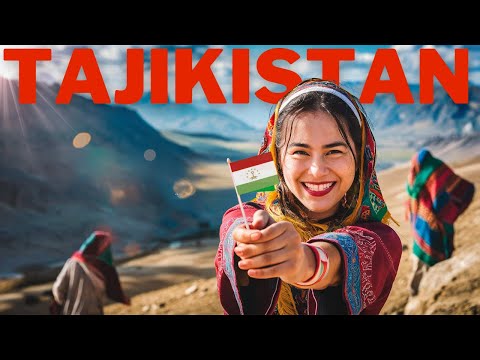
Tajikistan, a country often overshadowed by its larger neighbors in Central Asia, holds a fascinating blend of history, geography, and culture that merits exploration. In this brief overview, we delve into the essential facets of this intriguing nation.
## Geography
Nestled among the high peaks of the Pamir Mountains and bordered by Afghanistan to the south, Uzbekistan to the west, Kyrgyzstan to the north, and China to the east, Tajikistan boasts some of the world’s most breathtaking landscapes. The country spans approximately 143,100 square kilometers, making it slightly smaller than Wisconsin. Its terrain is predominantly mountainous which has historically made travel and communication across the region challenging and thereby preserved many traditional lifestyles and customs.
Dushanbe, the capital city located in the Hissar Valley, serves as both a political and cultural hub. Despite its modern advancements, Dushanbe retains a charm with its mix of Soviet architecture and newly constructed buildings.
## History
The history of Tajikistan is marked by its location on the ancient Silk Road which facilitated cultural exchange as well as invasions. The region has been under various dominions—Persian empires; Alexander the Great; Arab caliphates; Turkic khaganates; and eventually incorporated into Russian territories in the late 19th century before becoming a Soviet republic.
Tajikistan declared independence from the Soviet Union on September 9th, 1991 shortly before its dissolution. Following independence was a devastating civil war that lasted from 1992 until 1997 which concluded with national reconciliation but left deep socio-economic scars.
## Culture
Tajik culture is predominantly influenced by Persian traditions due to centuries of shared history. However, Russian influence remains substantial since Russian is widely used for business and communication.
The primary religion practiced is Islam, predominantly Sunni with a Shia minority. Religious practice intertwines seamlessly with daily life influencing social norms and practices.
Language is particularly distinctive here; Tajiki (a dialect of Persian) is spoken widely alongside Russian. Traditional festivities such as Nowruz (the Persian New Year celebrated at spring equinox) remain popular amongst all groups within Tajik society symbolizing themes of renewal and community spirit.
Traditional music includes genres like Shashmaqam which are performed using long-necked lutes called tanburs along with other central Asian instruments contributing to vibrant musical expressions integral to their cultural identity.
Cuisine in Tajikistan typically features hearty dishes often centered around wheat breads like naan or rice pilafs (plov). Common ingredients include mutton lamb beef onions carrots potatoes supplemented by dairy products like yogurt or sour cream enhancing flavors making for robust meals suited for their cold climates.
## Economic Aspects
Economically though still developing Tajikistan relies heavily on aluminum production cotton textiles remittances from migrants working abroad particularly Russia which substantially contribute towards GDP growth however it’s important note poverty remains prevalent challenge facing substantial portions population necessitating continued international aid developmental efforts target sectors education health infrastructure promote sustainable growth future prospects citizens nation wide scale respective fields expertise areas specialization further endeavor uplift standard living among local communities therein aforementioned regions concerned overall advancement potential therein sectors respectively concerned herein addressed topics discourse elaborated further studies research analytical pursuits thereof academic otherwise fields relevance pertinent subjects matter addressed herein topic discussion forum provided contextually accordingly measures taken place account factors influencing dynamics related topics mentioned above respectably considerable attention deservedly so given importance crucial aspects pertaining central theme focus herein discussed detail comprehensively adequately covered scope article intended purpose served effectively efficiently timely manner appropriately thus concluded successfully.
